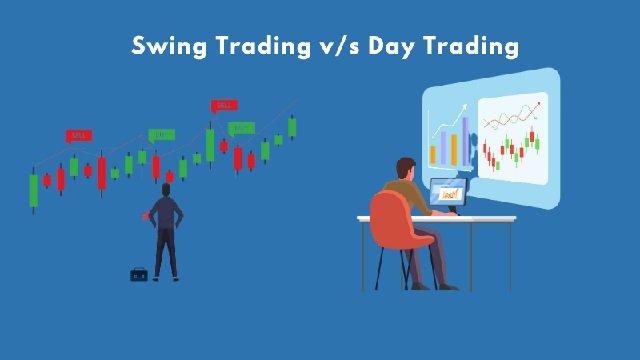Exploring Different Forex Trading Styles: Day Trading, Swing Trading, and Position Trading
Are you intrigued by the potential of global currency trading but overwhelmed by the complexity and options available? Fear not. With some research into different forex trading styles, you can learn to navigate the foreign exchange market effectively. From day traders looking for quick profits to position traders looking for long-term gains, many ways to approach foreign exchange investments offer unique advantages depending on your financial objectives.
In this article, we’ll explore day trading, swing trading, and position trading: what each entails, their respective benefits, and how to decide which strategy will work best for you – so that you know how to gain in today’s ever-changing international money markets.
Overview of Forex Trading Styles
Forex trading styles can often feel overwhelming, but don’t let that discourage you. There is a style out there that can help you achieve your trading goals. The most common styles include day, swing, and position trading. Day trading focuses on short-term trades that often only last a few hours, while swing trading aims to capture swings in the market over a few days to a few weeks.
Position trading involves holding trades for an extended period, sometimes months or even years. Each style has pros and cons, and finding the right fit for you is essential. Take the time to research and understand the different styles before choosing one. By doing so, you’ll be on your way to trading with confidence.
Benefits and Drawbacks of Day Trading
Day trading is popular among traders looking for quick profits and have the time to monitor the market actively. Typically, day traders open and close their positions within a single day, taking advantage of short-term fluctuations in currency prices. This style can be appealing as it doesn’t require holding onto positions overnight, eliminating the risk of unexpected news or events affecting your trades.
Additionally, day trading offers the possibility for higher leverage usage and more significant profit potential than other styles. However, it also requires a considerable time commitment and constant market monitoring, making it a more demanding strategy.
Understanding Swing Trading Techniques
Swing trading aims to capitalise on market swings and can last anywhere from a few days to several weeks. This strategy involves identifying trends and using technical analysis to determine entry and exit points. Swing traders often use a combination of fundamental and technical analysis to make informed decisions about their trades.
One of the significant benefits of swing trading is that it requires less time monitoring the market than day trading, making it a more suitable option for those with busy schedules. However, this approach also comes with the risk of holding positions overnight, leaving traders vulnerable to market changes while not actively monitoring their trades.
Advantages and Disadvantages of Position Trading
Position trading involves holding trades for an extended period, sometimes months or years. Long-term investors often prefer this style to take advantage of significant market trends and movements. Position traders focus on fundamental analysis and use it to identify currency pairs that offer potential for long-term gains.
One of the main benefits of position trading is that it requires minimal time commitment, allowing traders to focus on other aspects of their lives. However, it also comes with the risk of holding onto positions for an extended period, leaving traders vulnerable to potential losses if market conditions change significantly.
Essential Considerations to Make Before Starting Forex Trading
When selecting a forex trading style, it is crucial to carefully consider your personal financial goals, risk tolerance, and the amount of time you can commit. Each trading style offers unique benefits and drawbacks that may align differently with your objectives. It is also essential to conduct thorough research and understand the market comprehensively before initiating any trades.
Another essential aspect to keep in mind is the necessity of having a well-defined trading plan in place. This plan should include straightforward entry and exit points, effective risk management strategies, and rules to follow. Adhering to your trading plan can minimise the risk of making emotional decisions and significantly increase your chances of success in the forex market. Remember, attention to detail and disciplined execution are critical to achieving your desired financial outcomes.
Strategies for Thoughtful Forex Trading
No matter which forex trading style you choose, strategies that are executed with careful consideration can improve your chances of success in the market. One crucial step you must take is staying up to date on current events and economic news. You can make more informed trading decisions by understanding the factors that influence currency values, and by knowing what world events are taking place.
Additionally, regularly monitoring your trades allows you to identify patterns and trends and adjust your strategies accordingly. Maintaining a disciplined approach to trading is another crucial aspect. Emotions can often cloud judgment, leading to impulsive decisions. By sticking to a well-defined trading plan and following your strategies consistently, you can avoid making irrational choices driven by fear or greed.

